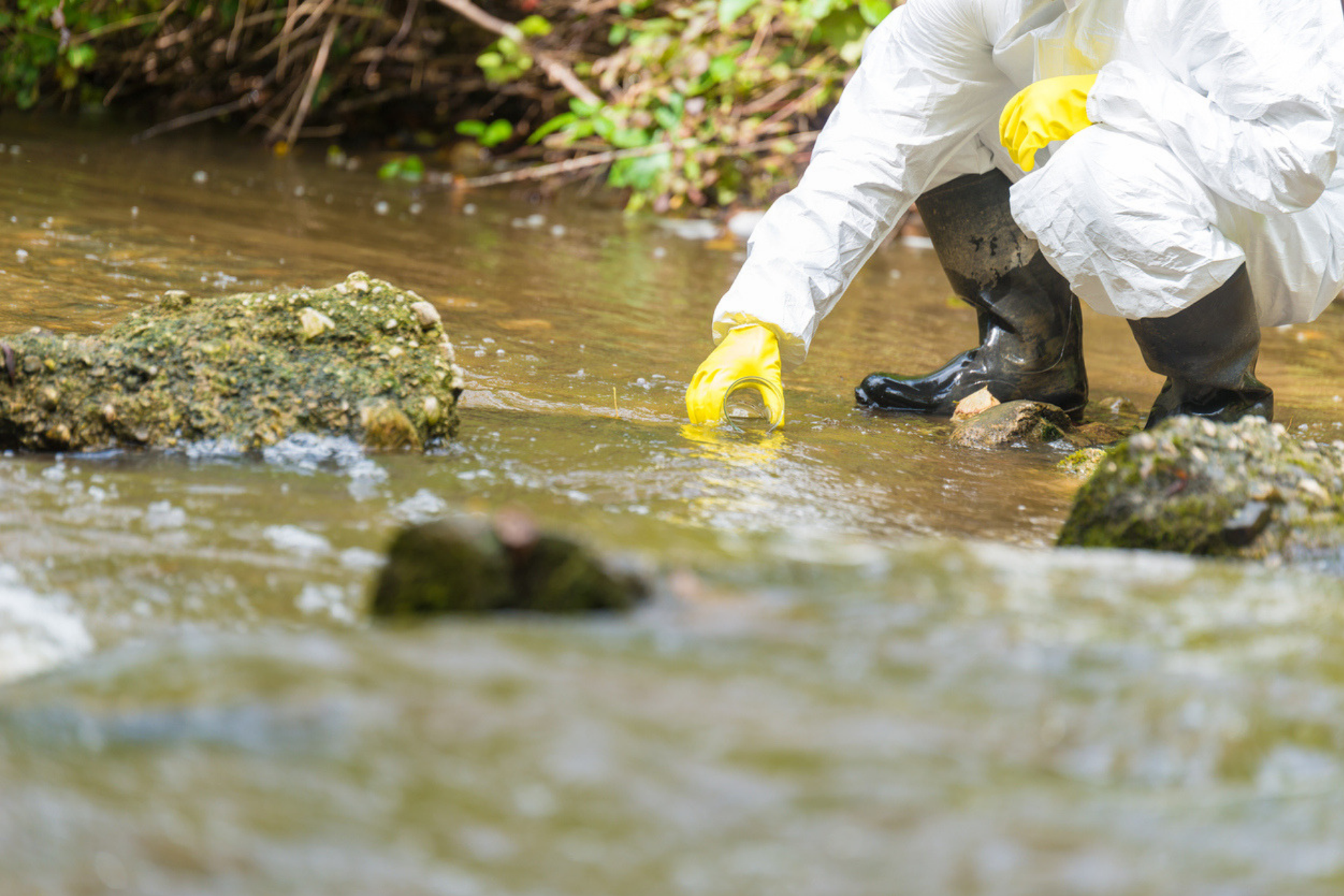I just gave a presentation on emerging contaminants, with the response to “PFAS” contamination – perfluorinated chemicals – the latest, high-profile set of chemicals providing lessons for the regulated community (and perhaps regulators) to learn from. This presentation was an outgrowth of a State Bar journal article I’d recently published providing a primer on how regulatory agencies and courts have begun to grapple with toxicity concerns associated with PFAS as an “emerging contaminant.”
As U.S. EPA recognizes, even though these compounds have been used for decades, greater awareness of the potential effects of PFAS on human health and the environment has led to both U.S. EPA and state agencies taking a hard look at how to assess (and reduce) their presence in drinking water and for site remediation. The recently released federal Agency for Toxic Substances and Disease Registry (ATSDR) study of potential risks from PFAS confirms the evolving assessment of these compounds. The ATSDR requested comment on its Draft Toxicological Profile of PFAS, no later than July 23, 2018. Importantly, U.S. EPA released its own statement on the draft, cautioning about how to use the information. Specifically, U.S. EPA notes that the ATSDR’s draft data are not mandates, concluding that – in addition to the federal agencies’ joint efforts to develop PFAS guidelines – “all states have the authority to set their own limits for environmental contaminants[.]”
For those in the regulated community, questions raised by this agency interest include how to account for the chemicals in remediation planning and in potential due diligence reviews for managing future liability risks. Entities may also want to look to past precedent on “emerging” contaminants – like TCE and asbestos – to better understand potential liabilities that may result from both civil and administrative enforcement actions.
Even companies that have strong records managing known contamination can be caught off-guard as the science, rules and law around PFAS develop. The best means to prepare for the changing landscape is to monitor these activities and consider potential levels of exposure based on known uses of PFAS in your industry and at your active and even closed sites Click here to see the slideshow for my presentation on these issues for the Michigan Chamber of Commerce.














